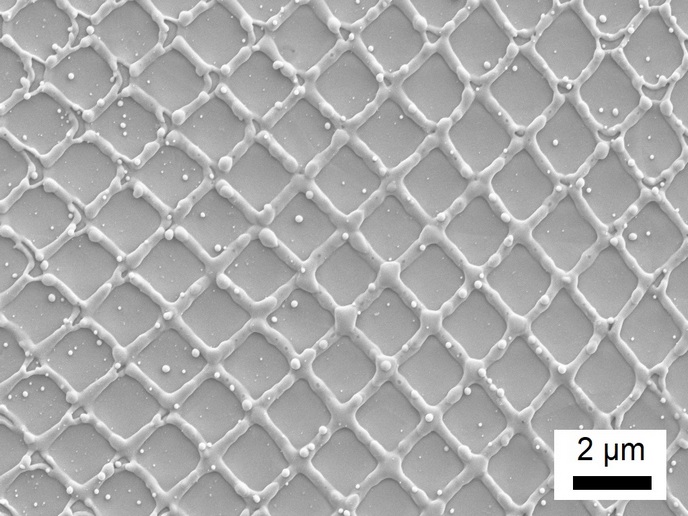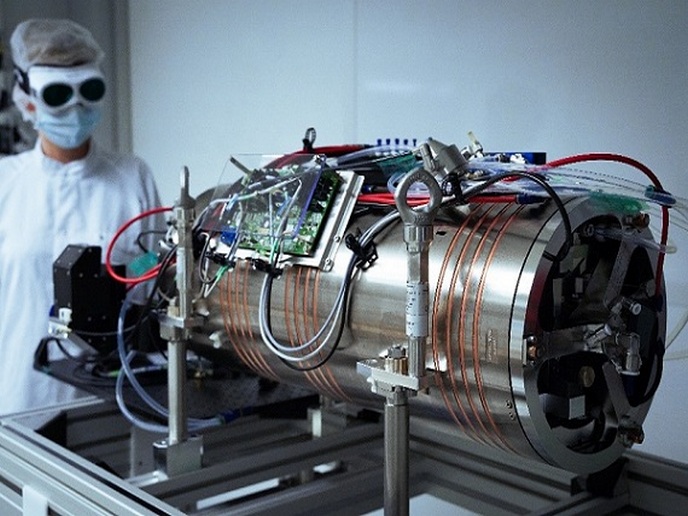Novel models to explore financial market imperfections, business performance and economic activity
Economists consider total factor productivity (TFP) an important factor in the process of economic growth. To explain TFP across European economies, it is important to understand how financial development affects investment finance and the ratio of labour and capital for companies based in Europe. With this in mind, the EU-funded FINMIS (Financial development, factor misallocation and total factor productivity) project set out to create firm models to determine whether financial development enhances the allocation of capital and labour throughout various production companies and influences TFP in industry. Several models were developed to examine the outcomes of financial development on the allocation of production factors and macroeconomic performance. One such model suggests that entrepreneurs with financial limitations choose short-term investment initiatives because they improve the building of net worth and lessen credit restrictions. Another reveals that weakening the observed balance sheet positions for cash-strapped firms leads to a reallocation of production factors from firms with high-cost distortions to firms with low-cost distortions. As a result, this causes notable TFP losses in industry. A third model examines the effects of two different concepts of flexibility in limiting capital market imperfections. The final model looks into the macroeconomic implications of lending frictions from that of trading frictions where long-term entrepreneurial investment drives macroeconomic pursuits. Findings also show that production flexibility affects competitiveness. For example, more flexible Taiwanese foundry industry firms can overcome financial hurdles easily and become competitive. By combining microeconomic and macroeconomic impacts of sector inefficiencies, FINMIS demonstrated that firms become more profitable and competitive when they react to financial market imperfections by changing their investment and technology adoption decisions. It also provided arguments for firms and for the macroeconomic consequences of financial development.







